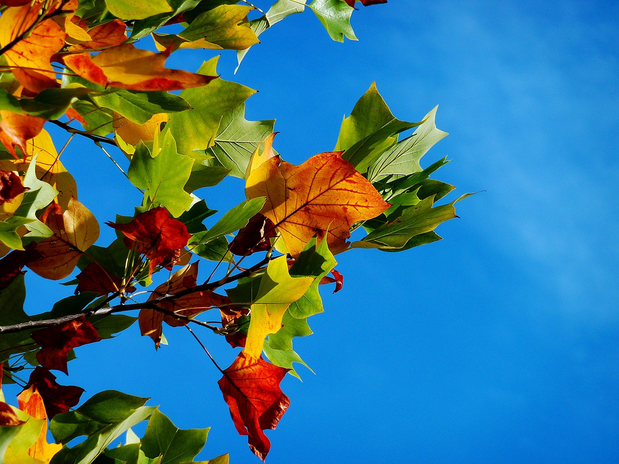Hiking has been a part of my life for many years. I grew up in a scouting family and later joined my local Venture Crew, a coed high adventure program run by the Boy Scouts of America. My dad, scout leaders, and fellow scouts taught me everything I know about having a safe and fun time hiking outdoors. After talking with many friends and classmates I realized that there are many people who want to hike, but don’t know how or where to find the information they need to feel confident in the woods. The list below shares some simple tips, guidelines, and safety advice for hikers of any level.
1. Never hike alone
Always hike with a buddy. Never split up on the trail. You never know what could happen and it’s important that there is someone to help in the event of a twisted ankle or a snakebite.
2. Be aware of the weather
Dress properly for the weather, both where you are, and where you are going. If you are hiking up a mountain, it may be colder or windier at the top. Always check the weather before heading out.
3. Have the right equipment
Hiking boots are ideal, but there are other options. Your shoe of choice should have a rugged tread to prevent slipping and grip firmly to rocks and roots. They should also come above your ankles to prevent, or reduce the severity of potential injuries. Walking sticks can be helpful for maintaining balance, testing marshy or unsteady areas, and traversing streams. There are many different styles, but the stick should feel comfortable in your hand. It should be at least shoulder height to prevent hikers from being hit in the abdomen in the event of a slip or fall.
4. Bring a first aid kit
It’s good practice to take a first aid kit with you on any outdoor excursions. If you know a bit about first aid already then you can assemble your own, or you can purchase a prepackaged kit. Getting First Aid or Wilderness First Aid certified can never hurt, it looks nice on a resume too! If you can’t find a class for any reason, there is plenty of literature in libraries or online.
5. Know where you plan to go, and stick with It
Plan out your hike in advance. Pick which trail you want to go on, how far you want to go, and stay on it. Don’t leave the trail or move onto a different one unless it is preplanned. This will ensure that you are prepared for the route you’re taking and make it less likely that you will get lost.
6. Maps and markers
Always have a physical trail map on you. Cell service and battery life are uncertain, so it’s better to have a physical copy. Check the map whenever the trail diverges into multiple paths. It is also good to keep a small compass with you. Make a call to the local ranger to learn the marking system for the land that you’re going to be hiking. General trail marking practices can also be found in books and online.
7. Be aware of your limits
If you’re a new hiker, don’t plan to tackle an entire mountain in a day. Start small, and work your way up to longer and more challenging hikes as you become more confident. There is nothing wrong with a slow pace, just make sure that you take it into account when planning the length of your trip.
8. Use common sense
If something feels like it might be dangerous or risky, it probably is. Consider the potential consequences of your actions before you go through with them.
9. Respect the locals
The forest belongs to the animals and plants that live there. It’s their house, you’re a visitor. Don’t taunt, harm, feed, or touch the wildlife. Respect their space and they will respect yours. Before going into an area, learn about relevant wildlife, and how to be safe around them.
10. Leave no trace
One of the most important things to remember when you are enjoying the natural world is to make an effort to keep it that way. Littering in any way is unacceptable and harms wildlife. Carving names or messages into trees damages the bark, making the tree more susceptible to pests and disease. They also ruin the aesthetic beauty of the area for the people who will come later. Don’t take anything out of the forest. If every hiker took a rock from a trail, in only a few years, there would be none left. The odd leaf or fallen feather is fine, but remember that everything from the forest should stay there.
11. Life is in the journey
While hiking can take you to some pretty spectacular destinations, take the time to enjoy the trail leading up to it. It’s not a race, it’s a scavenger hunt. What strange, beautiful, and interesting things can you find? Take in the scenery. Observe fallen logs up close or scan theforest canopies for bird nests. There are infinite discoveries if people would only look around.


